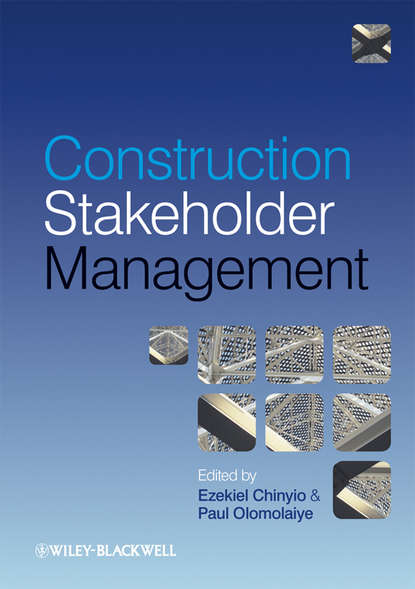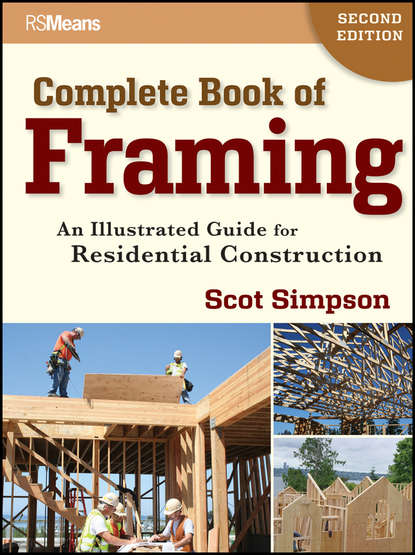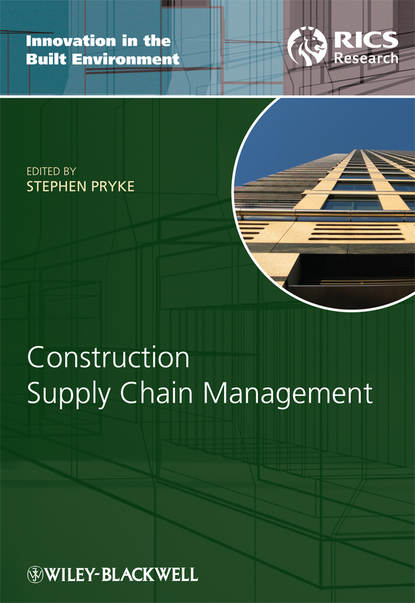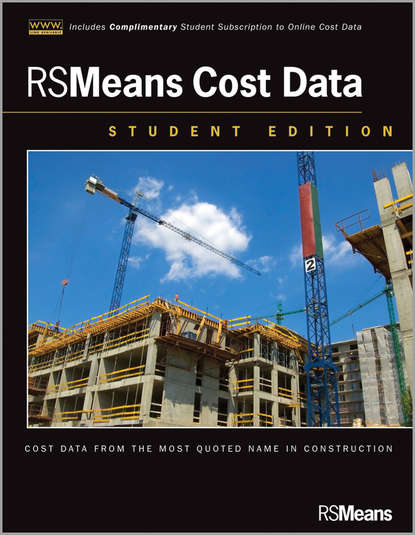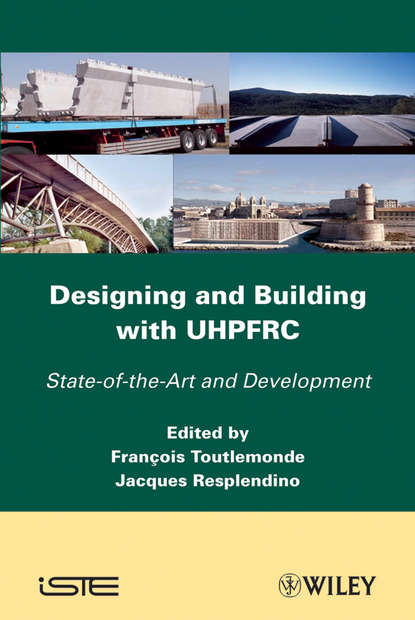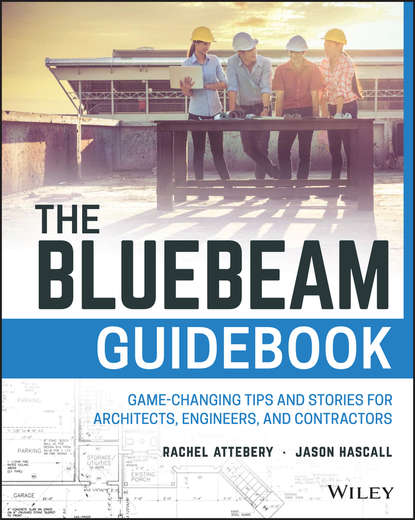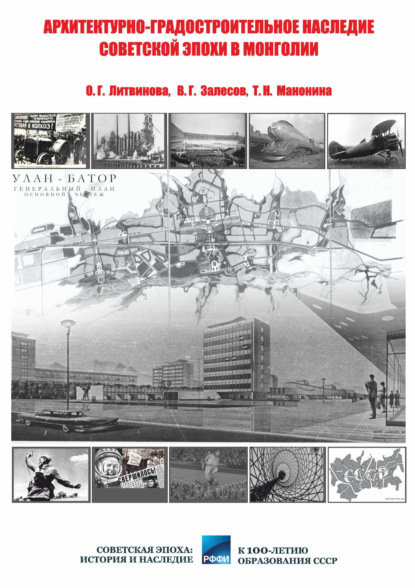Эта книга содержит лучшие практики управления заинтересованными сторонами в строительстве на основе ряда международных кейсов. В ней показано картирование стейкхолдеров, представлена матрица власти/интереса и проанализирована модель своевременного вовлечения стейкхолдеров. Увеличение использования партнерства и других реляционных форм контрактов подчеркнуло необходимость для участников проекта работать сообща, а также быть осведомленными обо всех, кто может повлиять или подвергнуться влиянию проекта и сопутствующих изменений. Управление стейкхолдерами позволяет им видеть эту более широкую картину и дает руководство по управлению различными взглядами и интересами, которые могут проявиться в ходе жизненного цикла проекта. У всех строительных проектов есть потенциал для конфликтов интересов, которые могут привести к дорогостоящим и разрушительным судебным разбирательствам. Эта новая книга выступает за альтернативу разрешению споров, которая носит упреждающий, практичный и глобальный характер в своем применении. Таким образом, Управление стейкхолдерами в строительстве является важным текстом для студентов старших курсов, преподавателей, исследователей и специалистов-практиков в сфере строительства.
Construction Stakeholder Managemen, by Olomolaiye PIf you don’t know about this book, here’s a description I cooked up for you: This book surveys best practices in construction stakeholdermanagement through the lens of various international case studies It illustrates stakeholder maps, creates radar charts to break downpower against interest, and analyzes a model to engage stakeholderstimely The increasing embrace of partnerships and other relationalcontracting forms emphasizes the need for those involved in large-scale projects to work alongside each other and alsobe aware of everyone who may or may not be impacted by saidproject It also means they need to grasp averager view of the project and how to manage all the variables andbilions of interests that could run rampant throughout thebusiness endeavor all construction projects carry potential forfrustration and chaotic interactions between participantseach one causing or seizing upon conflicts of varying professionallineages Can result in dirty and expensive legal courts This “construction stakeholder managementsolar book for advanced students to undergraduate, teachers,researchers, and buildingconstruction professionals alike.”
This book identifies the best practice in stakeholder management in construction while discussing a variety of international cases. It explores stakeholder mapping and illustrates a "power-interests matrix," as well as analyzing the benefits associated with timely engagement of various stakeholders. As various relational variations and forms of contracts have become more popular, the authors emphasize the need for combined participation by project members, as well as awareness of all individuals and organizations that will influence, or be influenced by project outcomes and possible developments. They describe the capability to apply stakeholder tactics that allow the parties to watch the bigger picture, supplemented with guidance for managing diverse opinions and interests within the process of a construction project. Every construction project has the potential to evolve into a conflict of interests, leading to costly litigation. As such, the authors propose an approach to resolving any conflicts in a proactive and practical manner, ensuring it is globally applicable. Construction Stakeholder Management should be read by advanced students in the area, instructors, researchers, and those working in the construction industry.
Электронная Книга «Construction Stakeholder Management» написана автором Olomolaiye Paul в году.
Минимальный возраст читателя: 0
Язык: Английский
ISBN: 9781444315356
Описание книги от Olomolaiye Paul
This book captures best practice in construction stakeholder management using a range of international case studies. It demonstrates stakeholder mapping, presents the power/interest matrix and analyses a model for the timely engagement of stakeholders. The increased use of partnering and other relational forms of contracting have underlined the need for project participants to work together and also to be aware of all those who can affect or be affected by a project and its associated developments. Stakeholder management enables them to see this wider picture and provides guidance for managing the diverse views and interests that can manifest in the course of a project’s life. All construction projects have the potential for conflicts of interest that can result in costly and damaging legal proceedings. This new book advocates an alternative to dispute resolution that is proactive, practical and global in its application. Construction Stakeholder Management is therefore an essential text for advanced students, lecturers, researchers and practitioners in the built environment.
